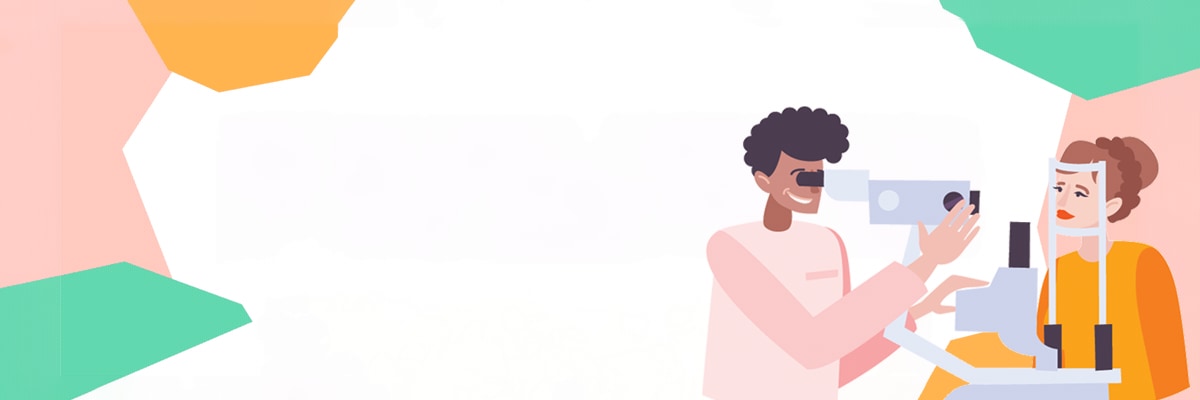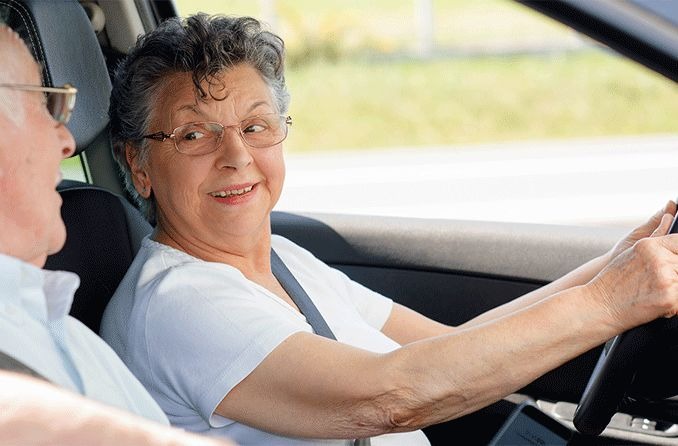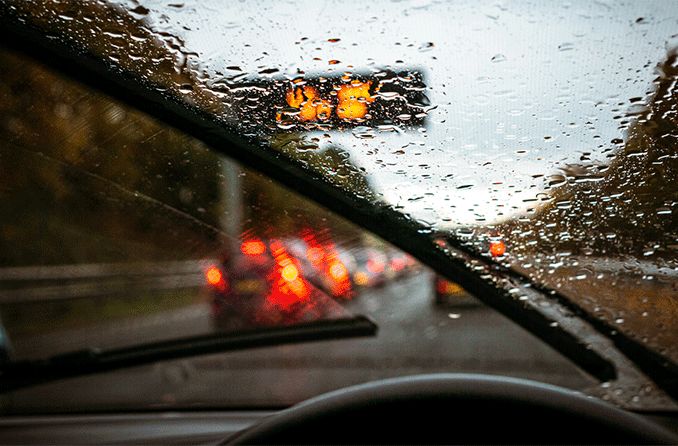
Vision and Road Safety
Compromised vision can impact road safety, whether it's time for an eye exam or just time to clean your eyeglasses! Find tips and guidelines to help you stay safe on the roads.

These driving tips for older motorists can help you safely stay on the road longer; also, how to assess your driving ability.

Tips on night driving and safety, including best night driving glasses.

Fading night vision is common among older drivers; learn what you should do to decrease risks.

Wet weather and pavement can be a hazard to drivers, passengers and others on the road. Sharp vision is just one important component of driving safely in the rain.
All About Vision and AllAboutVision.com are registered trademarks of AAV Media, LLC. © 2000-2025 AAV Media, LLC. The content on this site is for informational purposes only. All About Vision does not provide medical advice, diagnosis or treatment. Contact an eye doctor if you need medical attention.